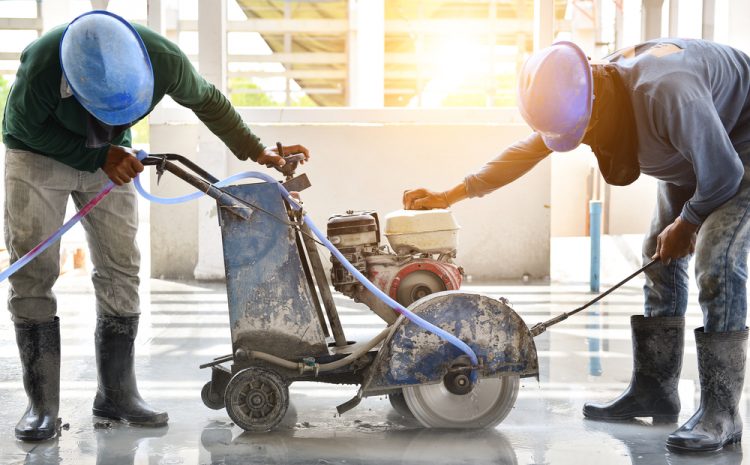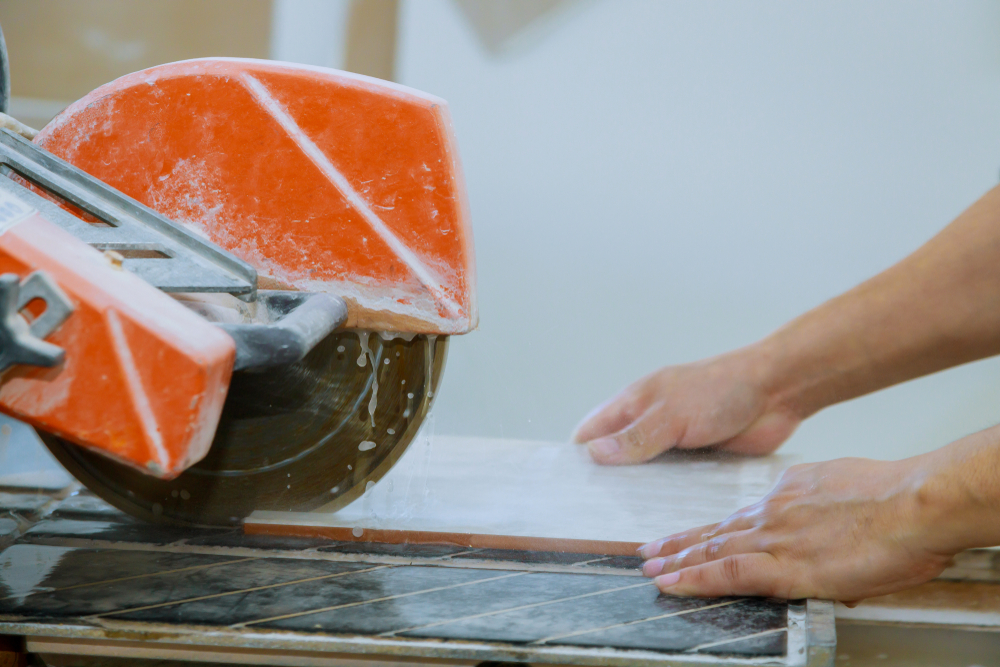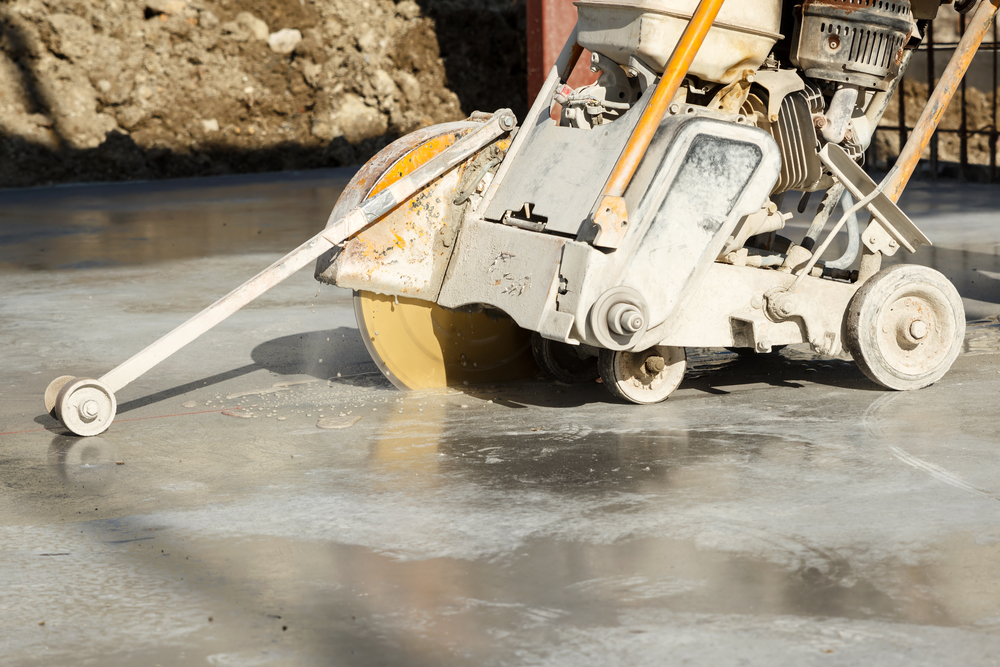
Why Is Concrete Made Wet For Cutting Indoors?
Concrete cutting is a huge industry. However, when it comes to cutting concrete indoors, many people don’t know that there is a fairly simple way to control the dust created when cutting concrete.
Cutting concrete can be very dangerous if you don’t know what you’re doing. There are numerous hazards that need to be taken into account, most notably, dust particles. These dust particles have the potential to cause severe respiratory problems so the management of this issue is vitally important.
Having said that, the solution is easier than you think – just make sure the surface area you’re planning on cutting is wet before starting work! Water helps prevent dust from flying around while also making any particles that do get released less harmful than they otherwise would have been.
To learn more about why concrete needs to be wet when cutting indoors, please keep reading below:
Water Helps Keep The Blade Cooler For Longer Periods Of Time
Cutting concrete can be a pretty tough job, but it’s made all the easier by using water. Water is important when it comes to cutting concrete as it helps to keep the blade cooler. This limits heat transfer by providing a thermal barrier and absorbs some of the heat from friction between your blade and the material you are working with.
This is important because as the heat increases, so does wear on blades which eventually breaks them down more quickly. This means higher replacement rates for your business and an increase in operational costs.
Water is an amazing substance that can help to maintain cool temperatures during jobs like cutting or grinding cement! However, wetting blades is said to prolong their lifespan by up to 30%.

Sawing Wet Concrete Reduces Harmful Dust Particles
Cutting concrete can be a messy and dusty process, but it doesn’t have to be when you use water!
When you cut concrete, particularly with power tools like saws and grinders, the dust that is created can be hazardous to your health. This may seem harmless at first because you simply just brush it off as dirt or sand particles (which they are not).
However, some components in this fine powder include silica. Numerous studies have linked silica dust to lung cancer when inhaled for prolonged periods of time.
Therefore, the best way to protect yourself against these harmful effects is with water! By spraying water across the surface you are cutting, the dust particles are reduced by up to 98%! Needless to say, it is imperative, especially indoors, for you to wet your concrete before cutting it.
Less Wear And Tear On Tools
When wet sawing concrete, the water cools and lubricates the blade. Wetting the concrete reduces the risk of damaging your equipment as it creates less friction which helps to reduce wear and tear on tools compared to dry cutting which requires more force to get the job done.
When wet, the material is also easier to control which means you end up with a cleaner cut as opposed to dry cutting. Furthermore, it minimises the instance of sparks being created which reduces the risk of fire significantly.
Dry Concrete Will Crack Or Crumble If Not Wet Enough For Cutting
When cutting concrete, if the concrete is not wet enough for your saw blade to cut through, then the pressure of pushing down on the concrete saw will potentially cause it to crack or splinter. This is even more so if the mixture of concrete isn’t correct however, you will only discover this once you start cutting.
That is why it is important to use water because it allows for a smoother, more even path regardless of the quality of the concrete. This ultimately means that less force needs to be applied by you! As mentioned previously, this also means there will be less wear and tear on your equipment.

Less Down Time Means Quicker Production Of Cuts And More Profit
Wetting concrete before cutting it not only produces a cleaner and tidier cut, reduces wear and tear on your equipment, and minimises dangerous dust particles in the air, but it also speeds up the cutting process.
This leads to greater efficiency and profitability because you are able to complete more jobs at a faster rate and spend more time on more important tasks.
Final Thoughts
When cutting concrete indoors, it’s important to make the surface wet. Wetting or dampening the surface helps to reduce dust particles and prevents them from becoming airborne during the process of sawing through concrete. This also makes for a cleaner work environment with less mess!
However, the moisture in wet concrete can cause some safety issues as people working in the area might slip when the concrete is wet. So make sure the area is cordoned off and appropriate warning signs are placed around the work area.
Wetting the concrete also helps to reduce wear and tear on your equipment, helps you to produce cleaner cuts in quicker time, which therefore leads to more efficient production times and greater profit for your business!
If you are looking for a concrete cutting company that is trustworthy and reliable, then don’t go past Sydney Sawing & Drilling. Please call us today on (02) 9158 6101 or leave an enquiry.

